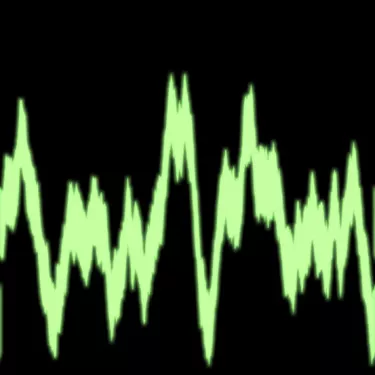
Calculating volatility allows individuals to measure the overall turbulence associated with a specific currency pair such as the European euro and U.S. dollar. An increase in the volatility of the exchange rate between currencies is often the result of major changes that are occurring within the global economy. In many instances the changes are the direct result of fiscal and or monetary policy undertaken by the national governments of each country. Anyone interested in participating in the foreign exchange market should have a basic understanding of volatility and the underlying causes that create such economic turbulence.
Step 1
Determine the time period for which you want to measure volatility for a given currency pair such as the U.S., dollar and the British pound. For example, you could pick a month's worth of a data, a quarter's worth of data, half a year's of data, or as much as one entire year of data. If you are interested in understanding the most current situation between two currencies exchange rate you might want to use a shorter time frame such as a month or quarter. If you are interested in understanding the longer term trend between two currencies you will want to use a longer time frame such as a year.
Video of the Day
Step 2
Subtract the highest exchange rate from the lowest exchange rate for each trading day for the entire time period you have chosen to analyze. If you are comparing the dollar to another currency such as the euro you will want to use exchange rate information obtained from the U.S. trading session which occurs from 8 a.m. to 5 p.m. EST Monday through Friday. You can also chose to use the highest and lowest exchange rate achieved over the course of an entire week for your calculation. Whichever way you chose to do the calculation be consistent and do not switch back and forth between using daily and weekly data.
Step 3
To determine the volatility add all of the differences obtained between the highest and lowest exchange rates together and then divide this number by the total number of differences you recorded within your chosen time period. This number represents the volatility or average range in the daily or weekly exchange rate between two different currencies. A higher number suggests the exchange rate is more volatile whereas a lower number suggests less volatility and a more stable economic situation between the nations of the two currencies being analyzed.
Things You'll Need
Spreadsheet
Calculator
Video of the Day